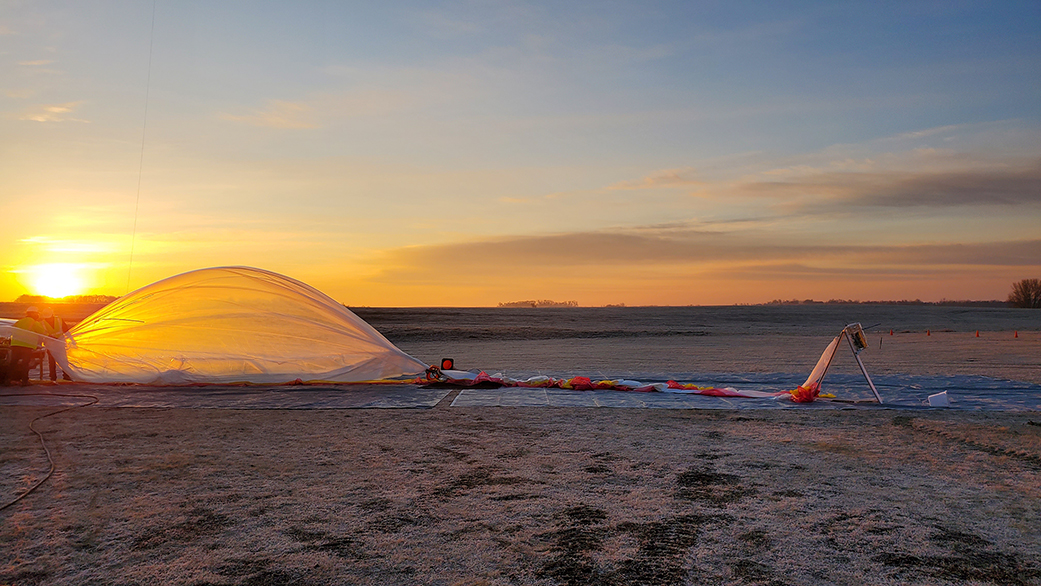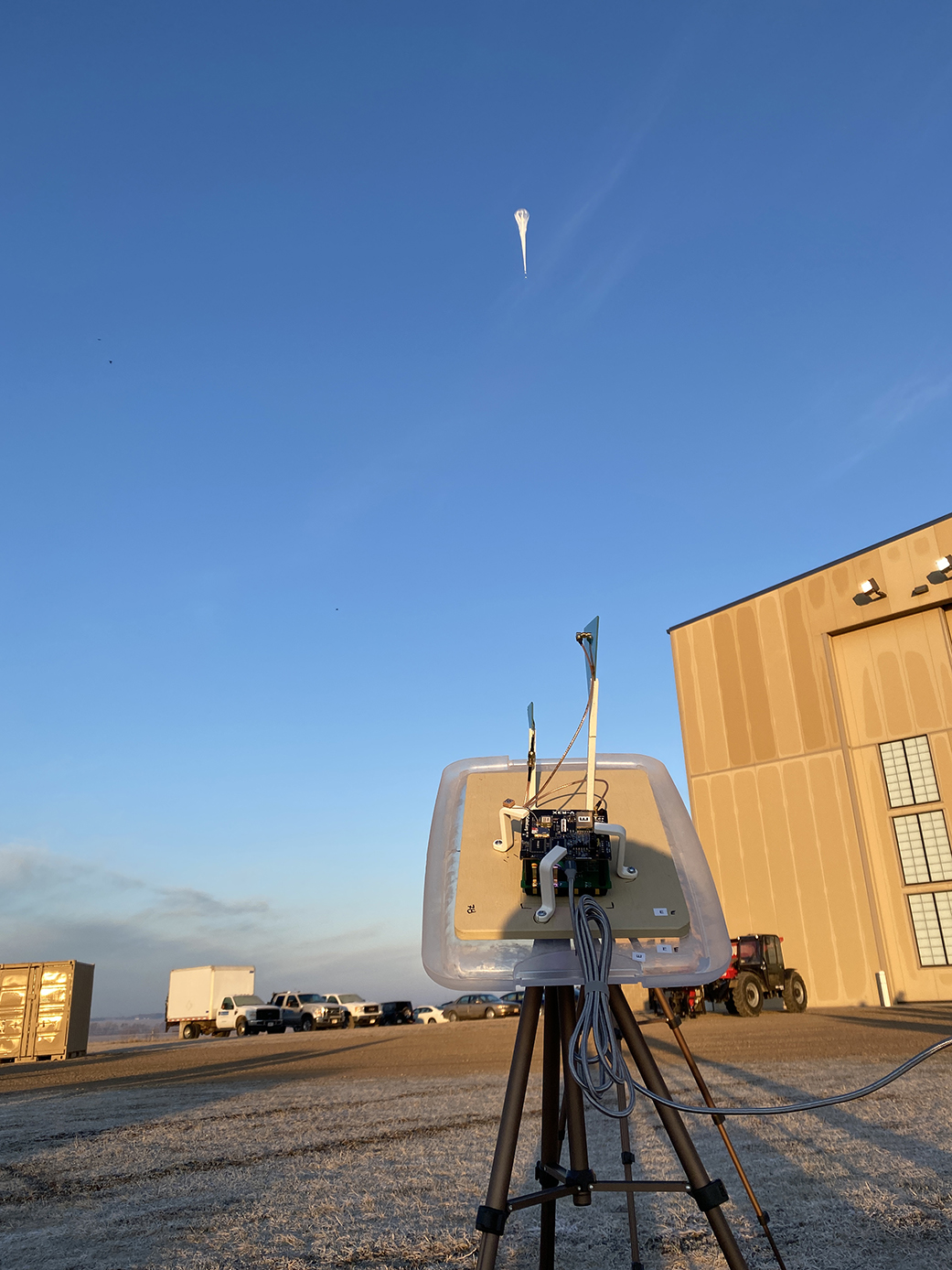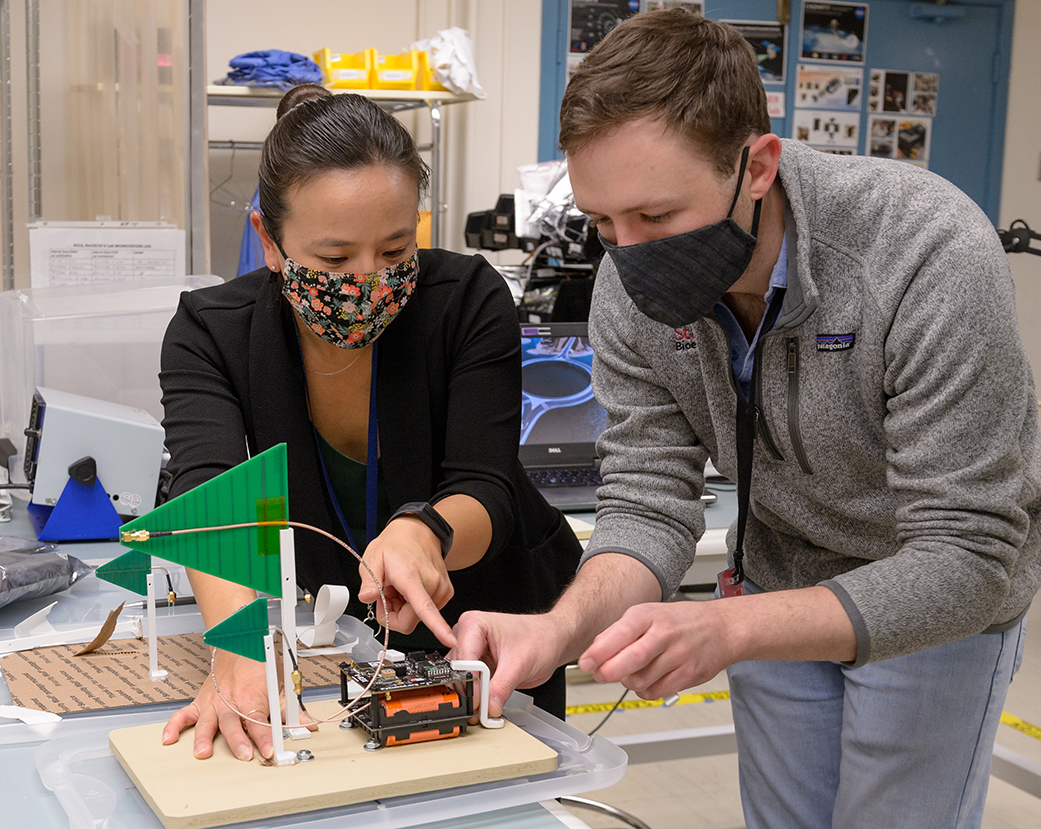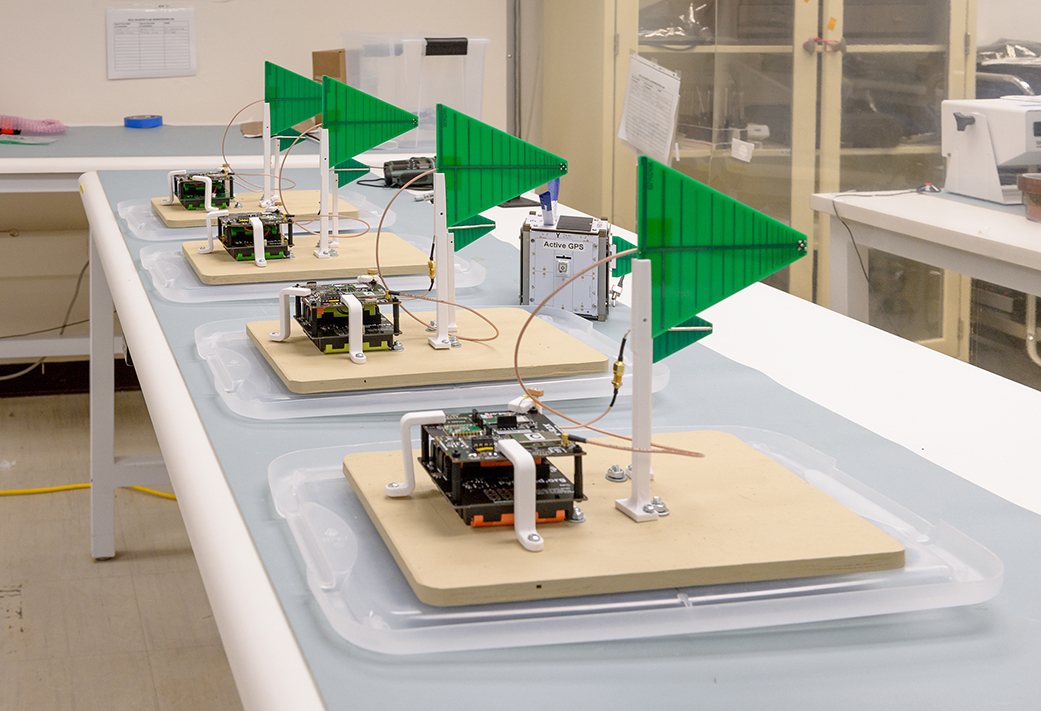A spacecraft is the sum of many parts – propulsion systems, radiation protection, communications systems, to name a few – and every mission has different technological needs and challenges. Before a technology innovation makes its way into deep space, however, its effectiveness can be tested a little closer to Earth through suborbital and orbital flights. These flight tests expose a technology to the challenging characteristics of spaceflight that ground testing cannot simulate, such as powerful forces of acceleration and the absence of gravity. While it offers critical benefits, this journey through several iterations of collecting flight data and fine-tuning a technology can sometimes take years and often stretches a research team’s bottom line.
Enter the Payload Accelerator for CubeSat Endeavors initiative, or PACE. PACE is designed to aggressively shorten conventional technology testing timelines. The effort links two NASA programs – Flight Opportunities and Small Spacecraft Technology – efficiently connecting payloads to both suborbital and orbital flight tests that increase the likelihood of a technology being selected for a space exploration mission. PACE also works with other NASA programs like the CubeSat Launch Initiative to pave the most efficient pathway through NASA’s technology testing process.
“The goal of PACE is to fly as many technologies as possible, especially new, potentially risky innovations, and really push the envelope,” said Anh Nguyen, project manager for PACE at NASA’s Ames Research Center in Silicon Valley, California.
By tackling constraints of current testing procedures like strict payload requirements and lengthy review processes, PACE expedites the timeline for making early-stage technologies available and ready for flight testing, so that they can quickly get the data they need to make improvements. In Nguyen’s words, “All they need is a chance to fly.”
The first technology with flight tests facilitated by PACE was V-R3x, developed by researchers at Stanford and Carnegie Mellon universities to support advanced communications and navigation capabilities among coordinated groups – or swarms – of CubeSats. On March 12, 2021, Flight Opportunities supported a high-altitude balloon flight from Raven Aerostar in Sioux Falls, South Dakota, that enabled researchers to evaluate V-R3x’s advanced swarm communications by forming a mesh network between multiple spacecraft and ground stations.
This suborbital data will be added to that of an orbital flight test that uses three V-R3x CubeSats. The CubeSats launched to space Jan. 24, 2021. The in-space demonstration allows researchers to collect two-way time-of-flight range measurements – a precise means of determining a spacecraft’s location and distance – between satellites in low-Earth orbit to help validate new orbit determination and relative navigation algorithms.
One of the next technologies on deck for a suborbital flight test through PACE is the Advanced Development Projects, or ADP, avionics system. A key mechanism for enabling PACE’s accelerated testing timelines, ADP is an avionics architecture with a highly modular, adaptable, affordable design built with commercial off-the-shelf components. It is intended to provide the necessary mechanical and communications systems for a wide range of technologies and can transition seamlessly from suborbital to orbital vehicles, minimizing the integration complexities and allowing payload designers to focus their time and budgets on developing their primary innovation.
ADP’s flexible design makes it a testbed in and of itself – the technology is preparing to fly with both standard and experimental radio, navigation, and attitude determination systems. Testing a variety of subsystems will help ADP easily adjust to a payload’s needs, thereby increasing cost effectiveness for payloads with less stringent spacecraft requirements. ADP’s flexibility also allows it to accommodate challenging requirements such as high data throughput or tight spacecraft body pointing, which enables the precise direction of a spacecraft’s payload toward an external object on the ground or in space.
By providing flight validation for new avionics components, PACE makes it easier for payload developers across the space community – including in the commercial space industry and academia – to design and build payloads affordably. The ADP platform is slated for both an orbital launch and a high-altitude balloon flight with Raven Aerostar in 2021, which will allow Nguyen and her team to evaluate the flight software, communication systems, and mechanical performance in both suborbital and orbital environments.
Intrepid, a low-cost, lightweight gamma and neutron particle detector, will serve as ADP’s first integrated payload on suborbital flights scheduled for later this year. Dayne Kemp, principal investigator at Ames for both the ADP platform and Intrepid, knows firsthand how challenging it can be for researchers to access fast, affordable flights needed to validate their innovations. “Without PACE, gathering both the suborbital and orbital flight data needed to mature Intrepid would be incredibly time consuming and likely much more expensive,” said Kemp.
Now, both ADP and Intrepid will undergo cost-effective flight validation with a fast turnaround, advancing their journeys toward a space exploration mission.
PACE seeks to engage as early as possible with payload developers, offering technologists not only the necessary subsystems for flight but also the institutional knowledge needed to increase their chances of success and to optimize data collection. Although this combination of orbital and suborbital flight tests has value regardless of the order of the tests, many of the project’s payloads will fly first suborbitally with Flight Opportunities and then orbitally – as quickly as six months later – with support from the Small Spacecraft Technology program. Only a simple adjustment to the ADP core will be needed between flights.
“PACE can be an instrument of change by helping us overcome the obstacles that too often inhibit access to space for valuable technologies,” said Christopher Baker, program executive for both the Flight Opportunities and Small Spacecraft Technology programs at NASA’s Headquarters in Washington. “The innovations that PACE supports have the potential to pave the way for future missions around Earth, the Moon, and beyond that are faster, more affordable, and ultimately more capable.”
About Flight Opportunities
The Flight Opportunities program is funded by NASA’s Space Technology Mission Directorate (STMD) at the agency’s Headquarters in Washington, and managed at NASA’s Armstrong Flight Research Center in Edwards, California. Ames manages the solicitation and evaluation of technologies to be tested and demonstrated on commercial flight vehicles.
About Small Spacecraft Technology
The Small Spacecraft Technology program is funded by STMD and managed at Ames. The program aims to rapidly develop and demonstrate capabilities for small spacecraft applicable to exploration, science, and the commercial sector. The program has funded the PACE initiative since early 2020.
By Elizabeth DiVito
NASA’s Armstrong Flight Research Center


































